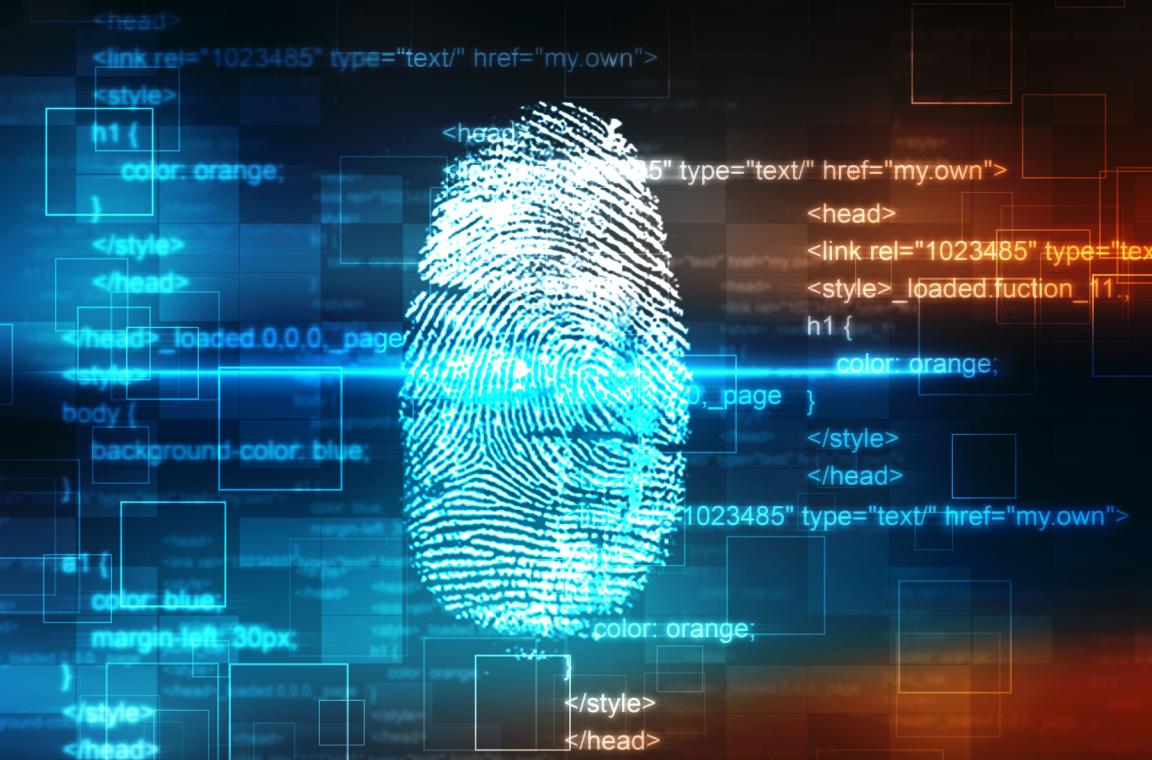
Oct 23, 2023
Cybersecurity has been identity-centric since the first username and password appeared. Since then, technological advancements have made user/password identification obsolete. What comes next?
Editor's note: This post was written by Zscaler Deception Specialist Jeff Spencer. It originally appeared on CIO.com.
Cybersecurity has been identity-centric since the first username and password appeared. During the infancy of personal computers, user identification was considerably simpler. At that time, workplace technology was physically confined to an office and the business network (if one existed). The only people with access were employees and maybe office cleaning staff.
The locked office door separated business assets from the rest of the world, making it the unsung cybersecurity hero in this early era. It. Today, we can’t rely on deadbolts to do the heavy lifting for enterprise security. The number of people with potential access to our business systems extends beyond the office and encircles the globe. Technological advancements, including the internet, cloud computing, and 5G connectivity have made user/password identification obsolete. We’re regularly connected with billions of people, some who harbor ill intent.
Do more of the same?
Security practitioners doubled down on ID checks to address business’s increased exposure to the masses. After all, asking one question (password) worked when systems were accessible to just a few people. Maybe asking more questions would work to verify individuals among many people. You have a password – do you also have an RSA token with a secret number on it? Do you have a recognized fingerprint? Do you have a smartphone to receive an access code? How about three personalized security questions with three specific answers only you know?
Each new step in these identification efforts introduced friction into people’s workflow. Typing a password is fast. Obtaining numbers from multiple devices, less so. Each additional identity check presents a roadblock between the user and the work they are trying to do. Sure, each step also adds another level of confidence to the verification process, but this approach is not scalable. For example, if you’re asked to fill out the US government’s Questionnaire for National Security Positions, you’ll find it is 136 pages long. That’s a great approach for exhaustively verifying an identity, but far too cumbersome for logging into a workstation.
To make matters worse, it turns out that adding multiple layers of identity checks doesn’t stop bad actors from gaining unauthorized access. Many of today’s most popular forms of identity verification, such as multi-factor authentication (MFA), are hackable. I’m not suggesting we let perfect be the enemy of good. I’m simply pointing out that our best identification efforts aren’t bulletproof, and this knowledge brings with it a new set of responsibilities. If outsiders can outsmart our initial identity verification checks, then our security efforts must extend beyond initial logon.
Intruders impersonate assets in Active Directory
Suppose a malicious actor slips past your identity verification. Perhaps the intruder is a savvy threat actor, or a disgruntled insider who is using legitimate credentials. This may seem like a minor problem, given that their actions are constrained by the permissions they’ve been granted. Few accounts have enterprise admin rights, so how much harm can a general user really do?
One of the first things adversaries do after compromising an account is search for ways to elevate their access. One popular technique is to exploit Group Policy Preferences (GPP). GPP appeared with the release of Server 2008, and allows domain-attached machines to be configured through group policies. Generally, users cannot upgrade their own access. However, PCs can use the credentials of any legitimate logged-in user to authenticate to the domain controller and request policy updates. These policies can make numerous configuration changes to machines, including:
- Mapped network drives
- Printer configurations
- Registry settings
- Setting the password for the workstation's local admin account.
By exploiting GPP, attackers can grant themselves admin access to a compromised machine. From there, they can move laterally through the environment and repeat the process. One compromised workstation quickly becomes 100.
Malicious actors can also exploit vulnerabilities like unconstrained delegation. This allows users or computers to impersonate other accounts to gain access to enterprise resources. Under some circumstances, attackers can use this technique to compromise the host Active Directory (AD) forest, and then breach other connected forests.
Consider another example where a verified user’s ability to impersonate another enterprise entity can wreak havoc. A highly damaging object to impersonate in the environment is a domain controller and DCSync attacks allow this by exploiting Microsoft Directory Replication Service Remote Protocol (MS-DRSR). Malicious actors can use this tactic to request and obtain user credentials from legitimate domain controllers. This attack is one of several available through popular hacking tools like Mimikatz.
Chaining together numerous tactics provides pathways to laterally move around network locations and permission boundaries. Unless specifically hardened against it, Active Directory Kerberos Service-for-User (S4U) may be abused to get a domain administrator account’s service ticket on a local machine. Service Control Manager may be fooled with fake MachineIDs to bypass User Access Control. The Potato line of attacks specifically use the ImpersonatePrivilege permission to make a service account into NT AUTHORITY/SYSTEM. This method of becoming a local machine admin may be useful for some situations.
As you can see, impersonation techniques play a significant role in cyberattacks once intruders gain a foothold in the environment. This is why identity verification efforts cannot end after validating initial connection requests.
Addressing internal identity-based attack surface
Fortunately, there are solutions that can help you determine where and how your business environment is vulnerable to subtle forms of identity abuse. Identity threat detection and remediation (ITDR) tools can scan your environment for security issues and offer solutions. They offer crucial security coverage, given that 80% of modern attacks are identity-driven.
Specifically, an ITDR can help discover issues like GPP password exposure and other risky configurations in the environment. It provides vital information on the impact and scope of security issues, along with guidance for performing remediation. It also performs real-time monitoring of the environment and alerts analysts as new issues arise. This is an extremely important capability considering the number of account creations, configurations, and modifications happening in the enterprise on a daily basis.
Industry researchers claim Active Directory is involved in 90% of the attacks they witness. By focusing on identity and AD, ITDR tools are securing areas that most attackers ultimately target. Unfortunately, many security practitioners still view identity as a zero-sum game. If you can fool identity verification at log-on, you win access to everything. ITDRs change this dynamic by preventing identity abuse and privilege escalation after the initial identity verification. Too many organizations quit the fight once a user is verified. ITDR lets organizations battle on, which greatly elevates their security posture and makes life harder for threat actors.
What to read next
With multi-device FIDO credentials, you can now go all-in on passwordless
Engaging the adversary with cloud-enabled active defense [podcast]
Recommended
